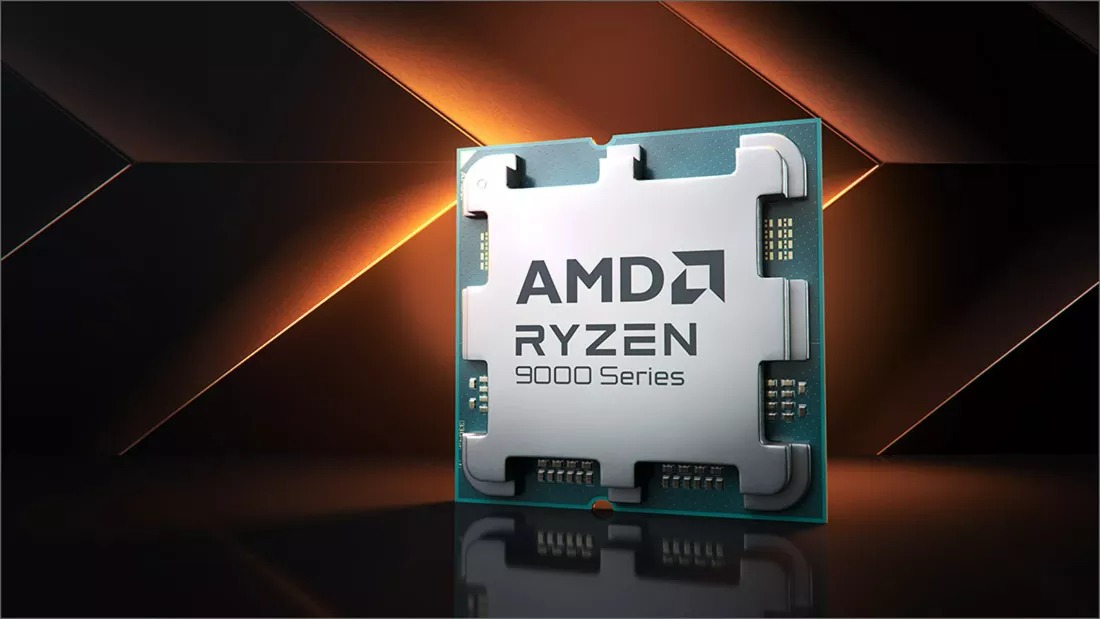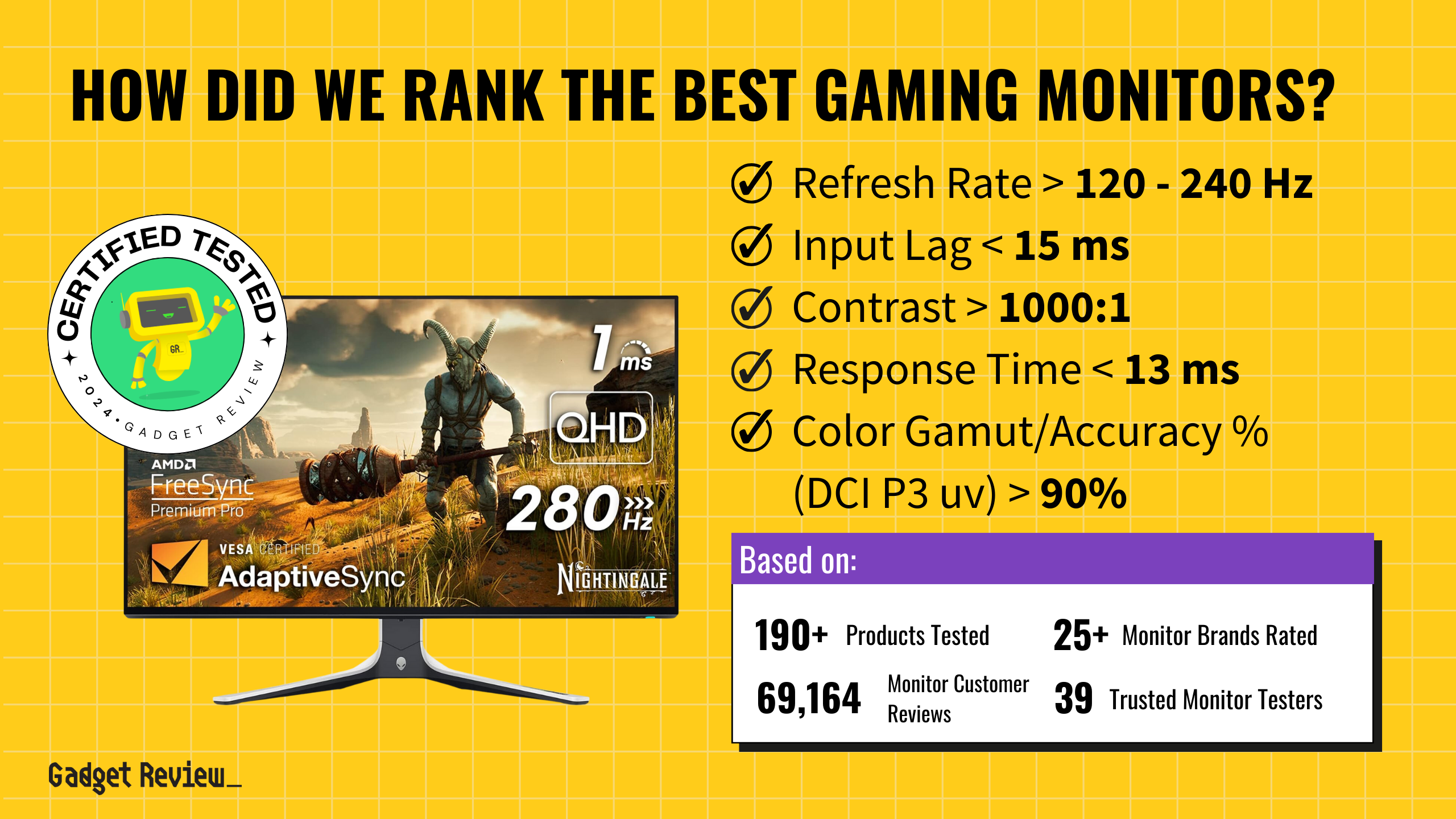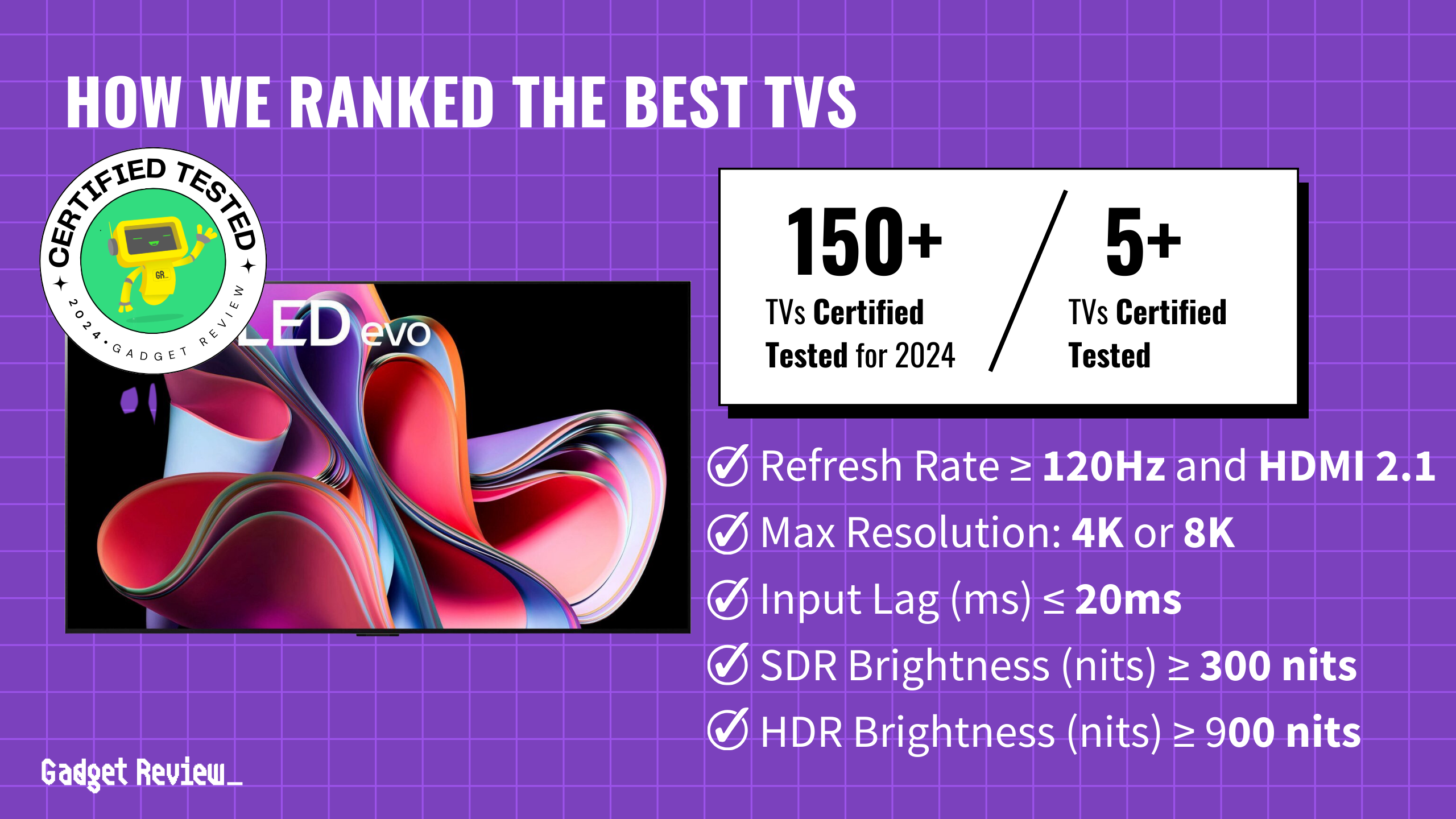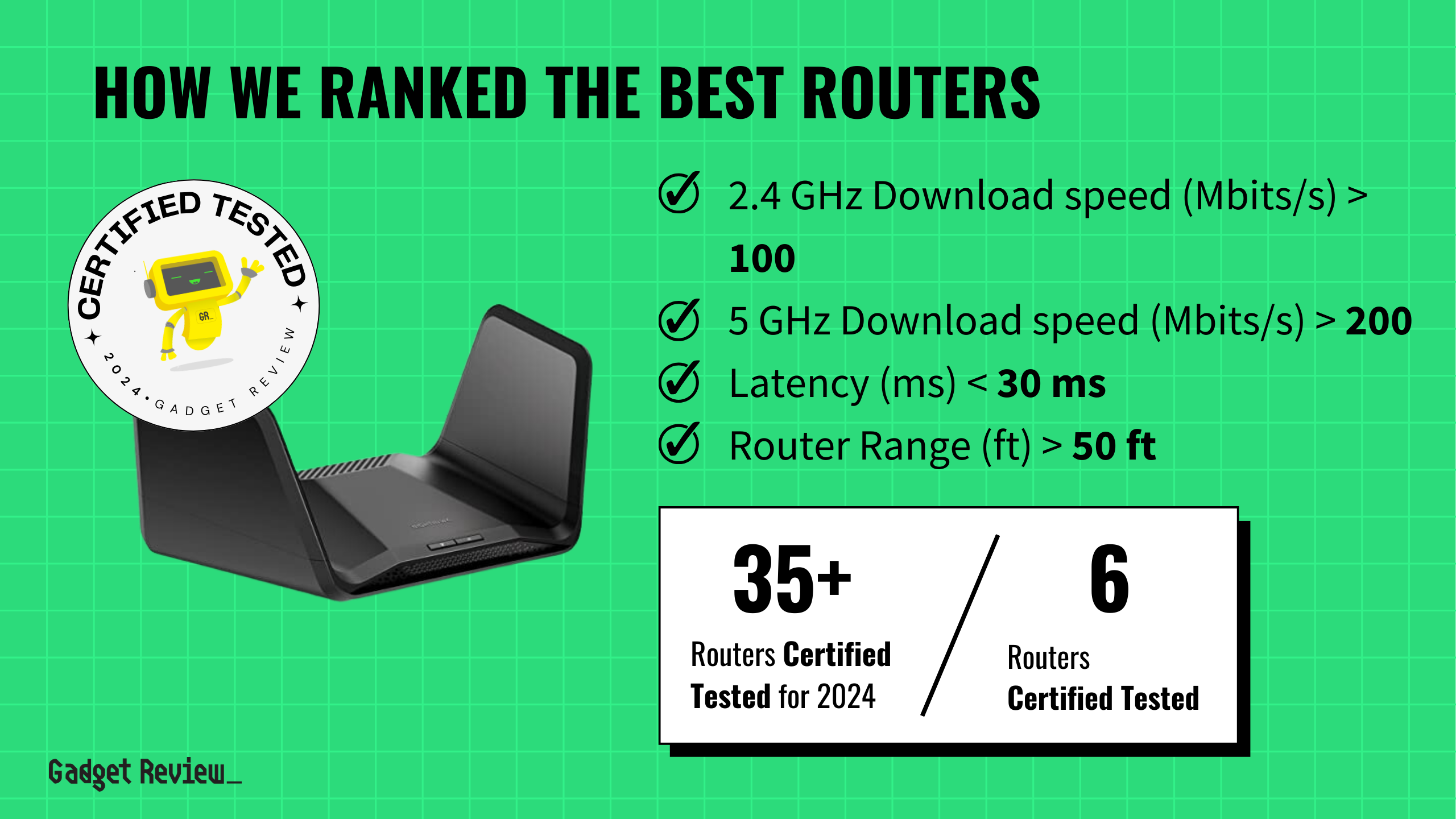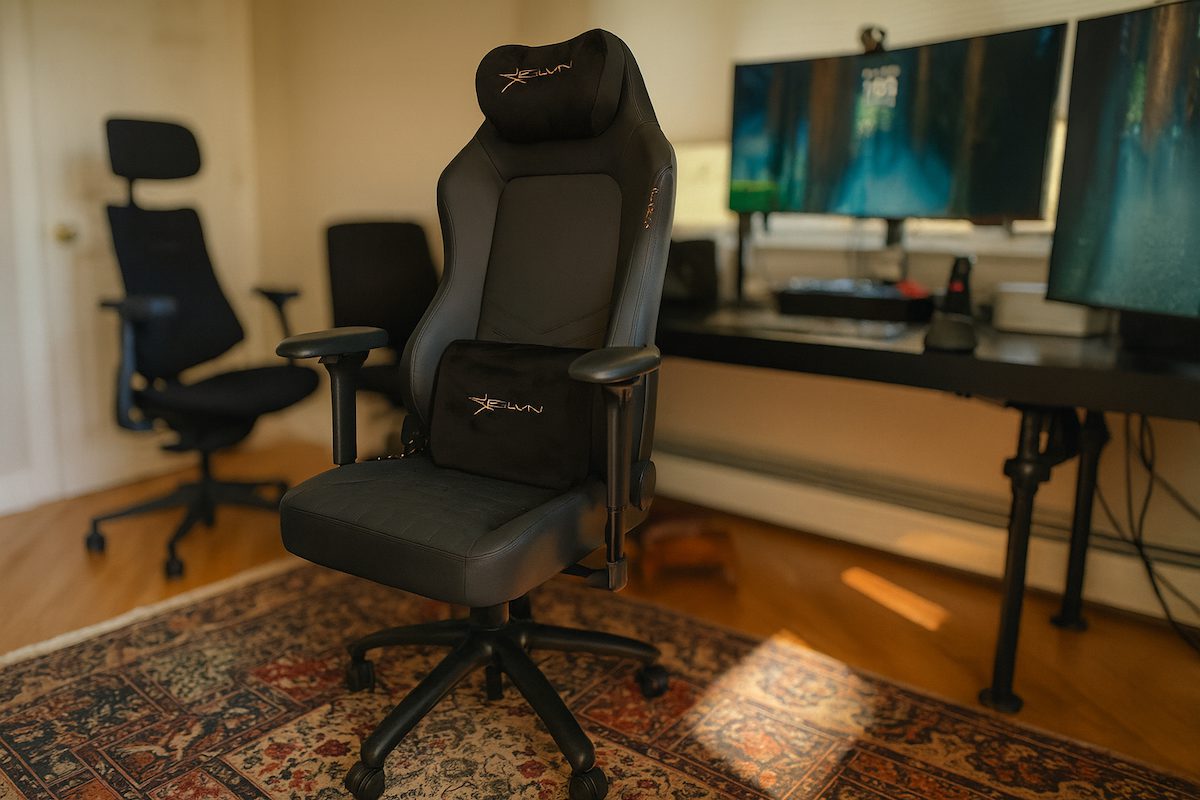Your expensive Ryzen processor shouldn’t look like it survived a house fire, yet that’s exactly what happened to dozens of AMD AM5 users in 2025. Charred motherboards and burnt CPUs flooded Reddit forums, with ASRock boards taking the brunt of failures alongside the flagship Ryzen 7 9800X3D. AMD’s response? Point fingers at motherboard manufacturers while users count their losses from these devastating computer problems.
The Burnout Wave Hit Stock Systems
Reddit tracking revealed catastrophic failures even without overclocking attempts.
The carnage wasn’t limited to extreme overclockers pushing limits. Users running completely stock settings watched their systems literally burn out, creating dedicated megathreads to document the destruction. ASRock forum moderators tracked the failures closely, noting the disturbing frequency of socket burnouts that left both CPUs and motherboards permanently damaged.
Most victims discovered the problem the hard way—sudden system death followed by the acrid smell of burnt electronics. The visual evidence was unmistakable: blackened CPU contacts and melted socket pins that looked more like electrical fire aftermath than component failure.
AMD Points to Rogue BIOS Settings
Company executives blame motherboard vendors for ignoring official power guidelines.
AMD executives David McAfee and Travis Kirsch delivered the company’s diagnosis in interviews with QuasarZone: motherboard makers weren’t following AMD’s recommended BIOS values. According to AMD, some ODM firmware allowed dangerous voltage and power assertions that pushed CPUs and sockets beyond safe operating limits. This hardware reliability crisis stands in stark contrast to the promise of cutting-edge technologies that should enhance user experiences.
The culprit centered on Precision Boost Overdrive (PBO) settings and related power delivery configurations. Motherboard vendors had taken liberties with AMD’s guidelines, creating factory BIOS versions that could destroy hardware under normal use conditions. This wasn’t user error—it was firmware shipped to customers that violated AMD’s own specifications.
Firmware Fixes Reduce But Don’t Eliminate Failures
Updated BIOS versions tightened power controls while isolated incidents persist.
ASRock responded with BIOS v3.25 in May 2025, revising PBO settings and tightening Electrical Design Current and Thermal Design Current parameters. The update brought motherboards back within AMD’s official specifications, and catastrophic burnout reports dropped significantly among users who updated their firmware.
However, the fix isn’t bulletproof. Isolated cases continue appearing despite updated BIOS versions, leaving uncertainty about whether additional hardware or microcode revisions might be necessary. AMD acknowledges that its platform’s complexity—allowing broad CPU-motherboard compatibility—creates validation challenges that may have contributed to the problem. As tech companies explore alternatives like custom silicon approaches, AMD’s troubles highlight the ongoing reliability challenges in traditional CPU architectures.
The best protection remains keeping your motherboard BIOS updated, though AMD’s track record here offers little comfort for users who’ve already lost hardware to this preventable crisis.


